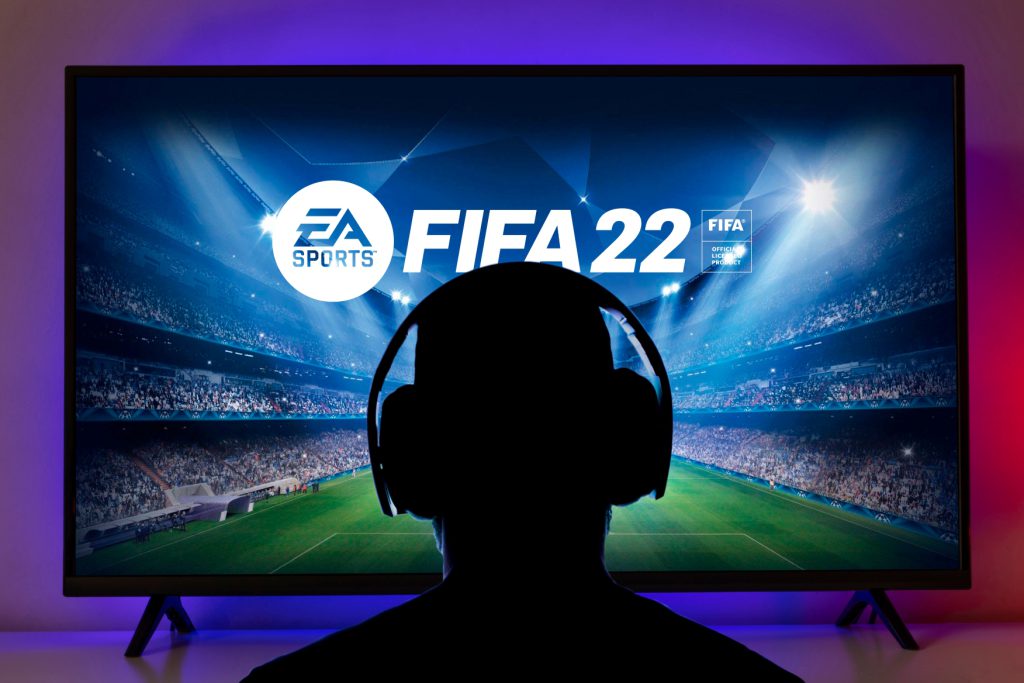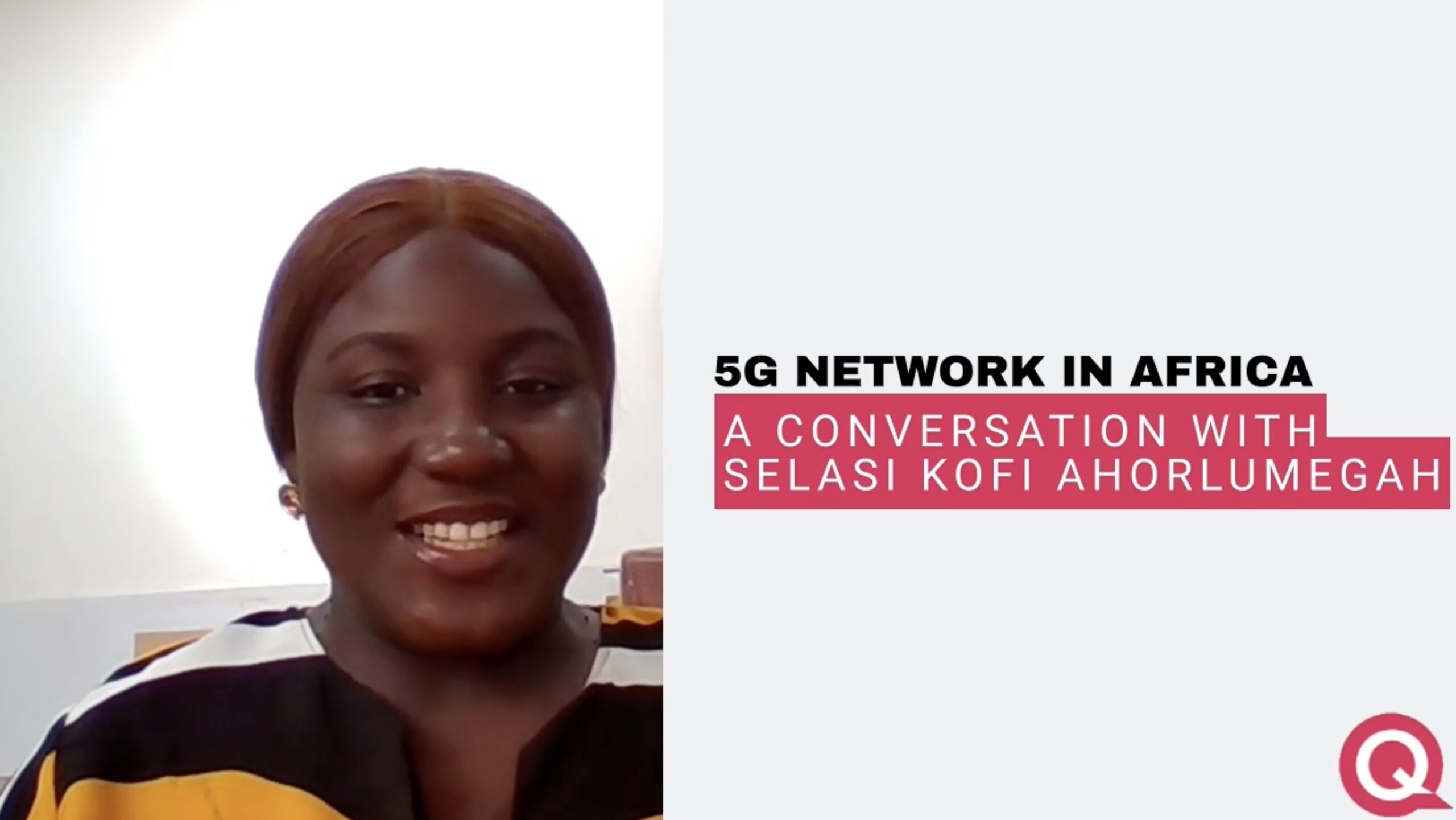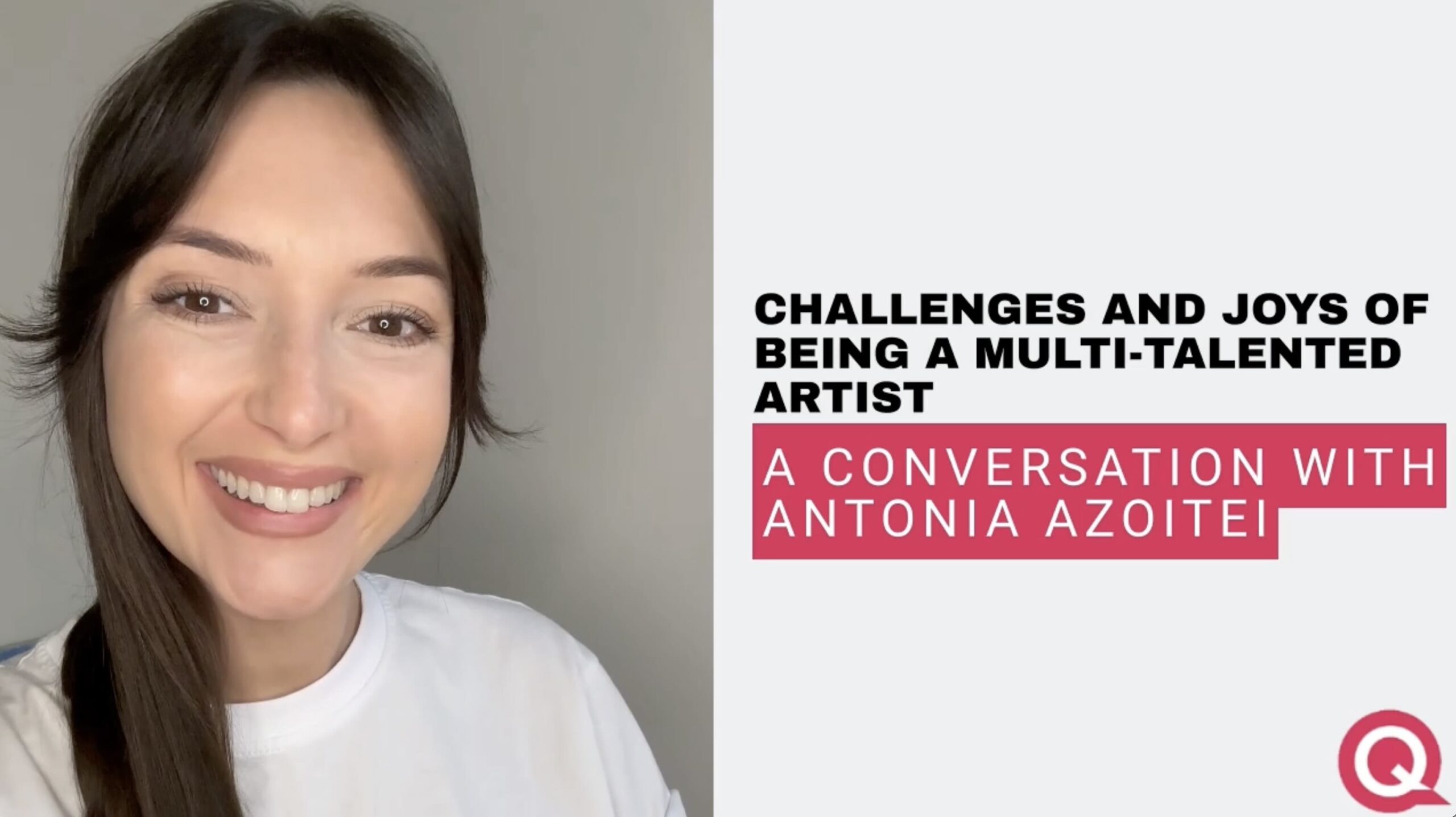5G in Africa: What’s its potential, Selasi Ahorlumegah?
Naa Oyoe Quartey
With its fast speeds and revolutionary potential, 5G stands out as a noteworthy milestone in the field of […]

The FIFA World Cup is a true party throughout the whole world, with football aficionados jumping to see the biggest names on display, regardless of the teams that are playing. Sure, the audience grows higher and higher as the competition progresses, with the final being watched by thousands of millions across the globe.
With technology progressing, the FIFA World Cup became a show to watch, as there is unprecedented coverage, with TV stations across the world setting up camp in the host country to produce and spoon-feed the information to the fans at home.
According to FIFA, the average live TV audience for the 64 matches at the 2018 World Cup in Russia was 191 million. The final has almost tripled the average numbers, with the 2018 match between France and Croatia seeing 517 million people watch at least one minute of the game, as live coverage of the game reached more than a billion people in total.
The FIFA World Cup is branded as “the greatest show on Earth” and looking at the numbers it is easy to see why, as an estimated 3.56 billion people in the world saw at least one minute of the competition in 2018 on cable TV.
But what about Qatar 2022?
“The last FIFA World Cup was watched by four billion people, and the last FIFA Women’s World Cup by 1.2 billion people. This World Cup in Qatar will be watched by five billion people, way above half of the world’s population. All these people who follow and pursue the same passion, they all feel the same way and they all know that football has this uniting force,” said Gianni Infantino, FIFA’s president, in May 2022.
It would be a huge uptick, showcasing Qatar’s excellent organization of the competition, with seven tailor-made, state-of-the-art stadiums and another renovated one, ready to host the 32 teams at the competition.
These numbers are definitely bolstered by the timing of the competition, the first-ever to be played in November and December, due to the sweltering heat in Qatar, which forced the competition to be moved from its traditional June-July slot.
But how does technology cope with a large number of viewers, especially ones who want more and more and always look for innovation?
Everything changed in Germany in 2006, the first-ever FIFA World Cup edition to be broadcasted in HDTV, a television system that provides a substantially higher image resolution than the previous generation of technologies.
12 years later, the 2018 FIFA World Cup marked the first time all 64 matches were recorded and produced in 4K UHD with HDR (High Dynamic Range). FIFA came out with all guns blazing for Russia 2018 where every match was covered by a whooping 37 cameras.
Four years ago, Oculus, the Facebook-owned technology company even streamed some of the FIFA World Cup matches in virtual reality (VR) for free for some US viewers, marking another premiere and another milestone for the competition.
Yet what innovations have been brought forward for Qatar 2022?
At the 2022 FIFA World Cup, live broadcasting will benefit from a state-of-the-art fiber network system built by the Supreme Committee for Delivery & Legacy (SC). Qatar’s high-speed fiber optic network was tested during the FIFA Arab Cup, organized in 2021, which served as a test run for the World Cup, with six of the eight venues used at the World Cup being included in the competition.
According to FIFA, the FIFA World Cup Division, which is responsible for the broadcast production, and Host Broadcast Services (HBS) are ready to cover all the actions with a team of around 2,500 people.
Six crews are split into two match clusters, with six experienced directors being ready to offer the best possible image of the competition. The standard camera plan has 42 cameras, and both super-slo-mo and ultra-slo-mo will be in the mix, covering key players. Several RF cameras will also be used to capture activities — fan coverage, team arrivals, VIP and player interviews — in and around the stadium.
One helicopter and several drones will also deliver the beauty shots craved by the public before, during, and after the matches, while the broadcasters will have over 6.000 hours of content easily accessed from the FIFA interface to help the viewers get the best image of Qatar 2022.

With its fast speeds and revolutionary potential, 5G stands out as a noteworthy milestone in the field of […]

Let me take you on a captivating journey through my intriguing conversation with Antonia Azoitei, a versatile artist […]